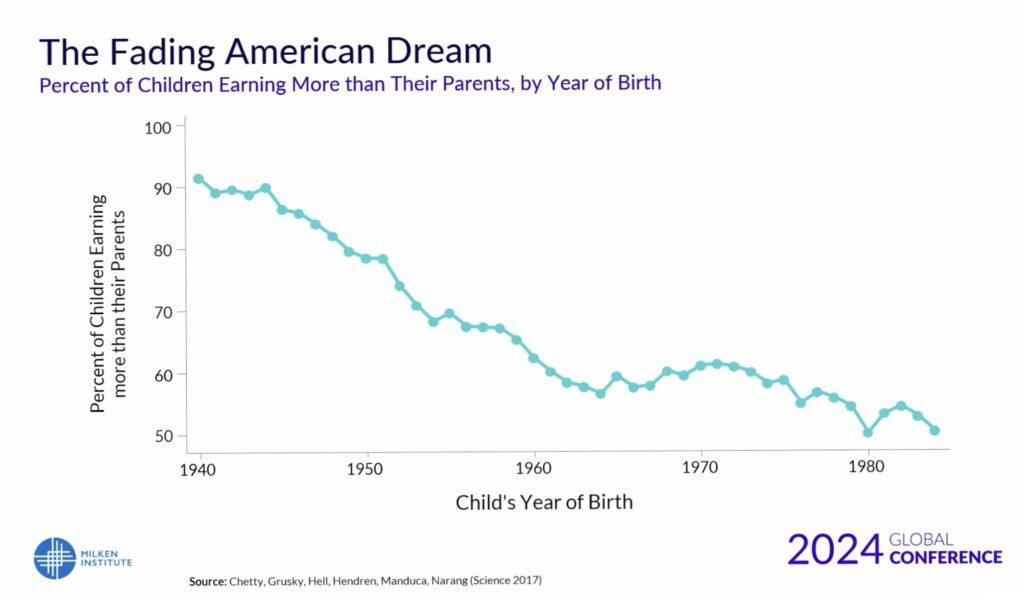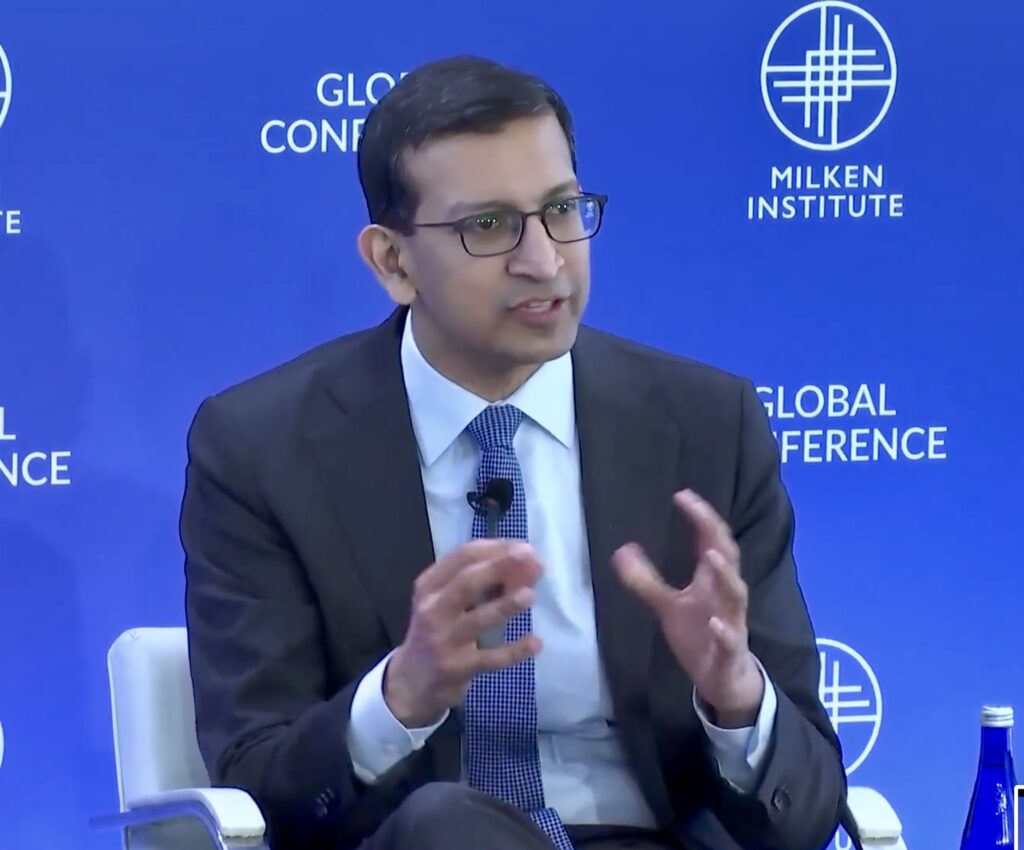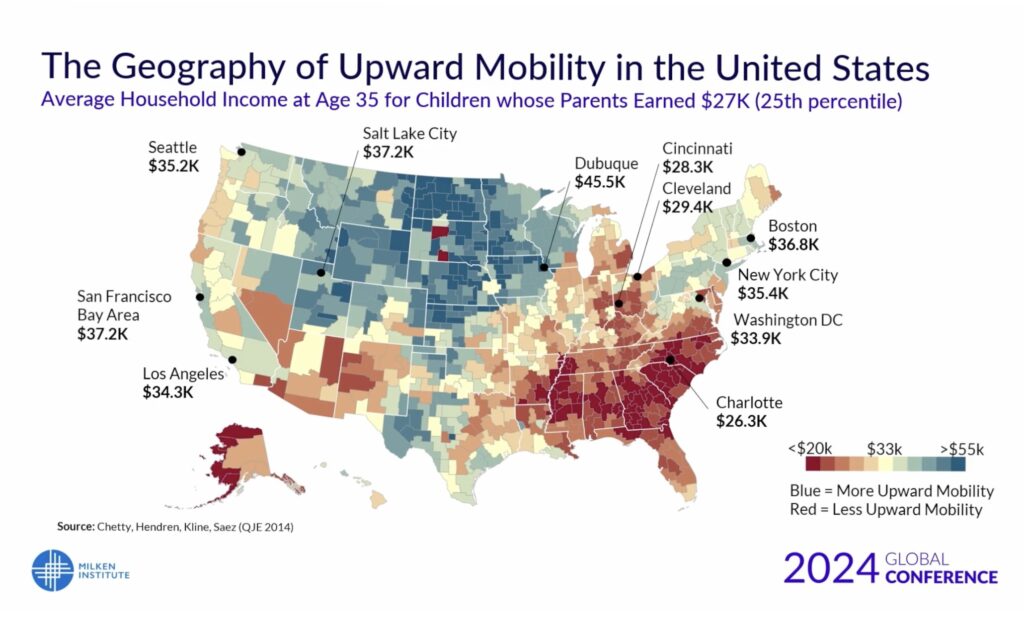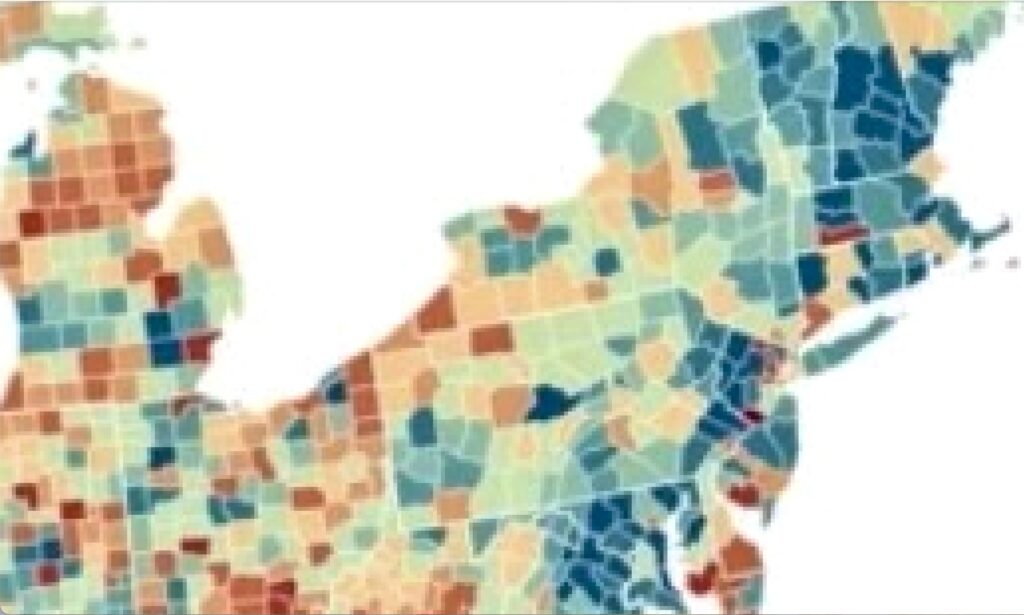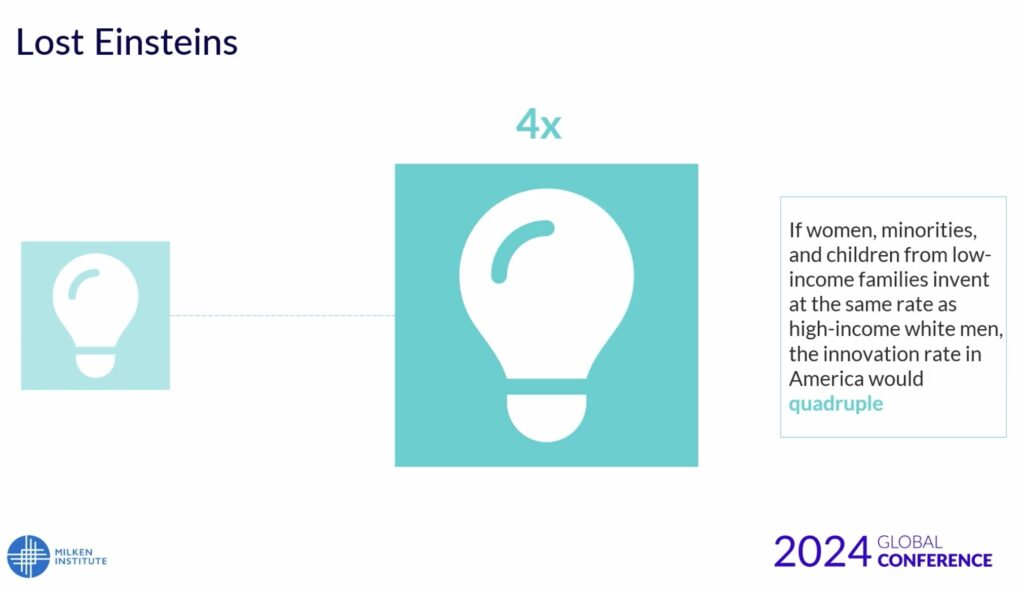
I learned something that made me smile this week.
An innovator at the leading edge of American education and technology (or “ed-tech”) named Steve Hargadon picked up on a thesis I’d advanced some time ago in “The Amish Test & Tame New Technologies Before Adopting Them & We Can Learn How to Safeguard What’s Important to Us Too” and applied it to the use of AI in our classrooms today.
For both better and worse, we’ve let marketers like Google (in search), Facebook (in social media), and Apple (in smart phones) decide how we integrate their products into our lives—usually by dropping them on top of us and letting each new user “figure it out.”
But instead of being left with the hidden costs to our privacy, attention and mental health, we could decide how to maximize their benefits and limit their likely harms before we get hooked on these products, the types of assessments that groups like the Amish always undertake —as another innovator in this space (Wired co-founder Kevin Kelly) noted several years ago.
To further the discussion about our use of technology generally and ed-tech in particular, I’ll briefly review the conclusions in my Test & Tame post and summarize a more recent one (“Will AI Make Us Think Less or Think Better”), before considering Hargadon’s spot-on proposals in “Intentional Education with AI: The Amish Test and Generative Teaching.”
The traditional Pennsylvania Amish work their farms and small businesses at a surprisingly short distance from Philadelphia. When I venture out of town for an outing it’s often to Lancaster County, where the car I’m in is quickly cheek-to-jowl with a horse and buggy, and families hang their freshly washed clothes on lines extending from back doors instead of cramming them into drying machines. It’s hard to miss their strikingly different take on the “modern conveniences” that benefit as well as burden the rest of us. What Kelly and others pointed out was that the Amish manage their use of marvels like cars or dryers as a community, instead of as individuals.
I described the difference this way:
As consumers, we feel entitled to make decisions about tech adoption on our own, not wishing to be told by anybody that ‘we can buy this but can’t buy that,’ let alone by authorities in our communities who are supposedly keeping ‘what’s good for us’ in mind. Not only do we reject a gatekeeper between us and our ‘Buy’ buttons, there is also no Consumer Reports that assesses the potential harms of [new] technologies to our autonomy as decision-makers, our privacy as individuals, or our democratic way of life — no resource that warns us ‘to hold off’ until we can weigh the long-term risks against the short-term rewards. As a result, we defend our unfettered freedom until we start discovering just how terrible our freedom can be.
By contrast, the Amish hold elaborate “courtship rituals” with a new technology before deciding to embrace some or all of its features—for example sharing use of the internet in a device that all can access when its needed INSTEAD OF owning your personal access via a smart phone you keep in your pocket. They reach a consensus like this from extensive testing of smart phone use & social media access within their community, appreciating over time its risks in terms of “paying attention” generally, or “self-esteem among the young” more particularly, before a gatekeeper (like a bishop) decides what, if any, accommodation with these innovations seems “good” for all.
The community’s most important values are key to arriving at this “testing & taming” consensus. The Amish openly question whether the next innovation will strengthen family and community bonds or cause users to abandon them. They wonder about things as “small & local” as whether a new technology will enable them to continue to have every meal of the day with their families, which is important to them. And they ask whether a phone or social media platform will increase or decrease the quality of family time together, perhaps their highest priority. The Amish make tech use conform to their values, or they take a pass on its use altogether. As a result,
the Amish are never going to wake up one day and discover that a generation of their teenagers has become addicted to video games; that smartphones have reduced everyone’s attention span to the next externally-generated prompt; or that surveillance capitalism has ‘suddenly’ reduced their ability to make decisions for themselves as citizens, shoppers, parents or young people.
When I considered Artificial Intelligence’s impacts on learning last month, I didn’t filter the pros & cons through any community’s moral lens, as in: what would most Americans say is good for their child to learn and how does AI advance or frustrate those priorities? Instead, I merely juxtaposed one of the primary concerns about AI-driven chatbots in the classroom with one of their most promising up-sides. On the one hand, when an AI tool like ChatGPT effectively replaces a kid’s thinking with its own, that kid’s ability to process information and think critically quickly begins to atrophy. On the other hand, when resource-rich AI tutors are tailored to students’ particular learning styles, we’re discovering that these students “learned more than twice as much as when they engaged with the same content during [a] lecture…with personalized pacing being a key driver of success.”
We’re also realizing that giving students greater control over their learning experience through “personalized on-demand design” has:
allowed them to ask as many questions as they wished and address their personal points of confusion in a short period of time. Self-pacing meant that students could spend more time on concepts they found challenging and move quickly through material they understood, leading to more efficient learning….
Early experience with Ai-tutors has also changed the teacher’s role in the classroom. While individualized tutoring by chat-bots will liberate teachers to spend more time motivating students and being supportive when frustrations arise,
our educators will also need to supervise, tweak and even design new tutorials. Like the algorithms that adapt while absorbing new data, they will need to continuously modify their interventions to meet the need of their students and maximize the educational benefits.
Admittedly, whether America’s teachers can evolve into supervisors and coaches of AI-driven learning in their classrooms—to in some ways, become “even smarter than [these] machines”— is a question “that will only be answered over time.”
Meanwhile, Steve Hargadon asks an even more fundamental question in his recent essay. Like the Amish, he wonders:
What is our most important priority for American students today, and how can these new, AI capabilities help us to produce the adutls that we want and that an evolving American community demands?

In what I call his “foggy window paintings,” photographer Jochen Muhlenbrink
finds the clarity through the condensation (here and above). I borrowed his inspiration
in a photo that I took of our back door one night a few years back (below).
Hargadon begins by acknowledging a lack of consensus in the American educational community, which startled me initially but which I (sadly) came to realize is all-too-true.
Unlike most Amish communities, American education is “a community of educators, students and stake-holders” in only the loosest sense. It’s also an old community, set in its ways, particularly when it comes to public education (or “the educating” that our tax dollars pay for). Writes Hargadon:
Here’s an uncomfortable truth: traditional schooling, despite promises of liberating young minds, has always excelled more at training compliance than fostering independent thinking. While we often claim otherwise, it’s largely designed to create standardized workers, not creative thinkers.
Unless we acknowledge this reality, we’ll miss what’s really at stake with AI adoption. Unexamined AI use in an unexamined education system will amplify these existing flaws, producing students who are even less self-directed and capable. The temptation for quick AI-generated answers, rather than wrestling with complex problems, threatens the very traits we want in our future adults: curiosity, agency, and resilience. (emphasis added)
If we examine the American education system and consider it as a kind of community, it quickly becomes apparent that it’s a much more diverse and divided in terms of its priorities than the Amish.
Moreover, because non-Amish Americans often seem to love their individual freedoms (including choosing “what’s good” for their children), more than the commitments they share (or what’s best for all), the American educational community has often seemed reluctant, if not resistant, to accepting the guidance or governance of a gate-keeper in their classrooms.
So while some of us prefer tech-tools that get students to the right answers (or at least the answers we’ll test for later), others prefer fostering a vigorous thinking process wherever it might lead.
Hargadon, along with me and the AI-tutor developers I wrote about in July clearly prefer what he calls “generative teaching,” or building the curious and resilient free-agents that we want our future adults to be. So let’s assume that we can gather the necessary consensus around this approach—if not for the flourishing of our children generally, but because an increasingly automated job market demands curiosity, resilience and agency for the jobs that will remain. Then “the Amish test” can be put into practice when evaluating AI-tools in the classroom.
Instead of asking: Will this make teaching easier [for the teachers]?
Ask: Will this help students become more creative, self-directed, and capable of independent thought?Instead of asking: Does this improve test scores?
Ask: Does this foster the character traits and thinking skills our students will need as adults?
With their priorities clear, parents and students (along with American education’s many other stakeholders) would now have a “test” or “standard” with which to judge AI-driven technologies. Do they further what we value most, or divert us from a goal that we finally share?
To this dynamic, Hargadon adds a critical insight. While I mentioned the evolving role of today’s teachers in the use of these tools, he proposes “teaching the framework” to students as well.
Help students apply their own Amish Test to AI tools. This metacognitive skill—thinking about how they think and learn—may be more valuable than any specific technology…
[By doing so,] students learn to direct technology rather than be directed by it. They develop the discernment to ask: ‘How can I use this tool to become a better thinker, not just get faster answers?
When this aptitude finally becomes engrained in our nation’s classrooms, it may (at last) enable Americans to decide what is most important to us as a country—the commitments that bind us to one another, and not just the freedoms that we share—so we can finally start testing & taming our next transformational technology on how it might unify the American people instead of divide us.

For the past 4 months, I’ve been reporting on the state of American democracy’s checks & balances because nothing should be more important to our work as citizens than the continuing resilience of our democratic institutions. And while I assumed there might be some “wind-down” in executive orders and other actions by the Trump White House in the last few weeks of August, the onslaught in areas big & small continued to challenge our ability to respond to each of them in any kind of thoughtful way.
Other than mentioning this week’s bombing of an unidentified vessel in the the Gulf of Mexico; threat of troops to Chicago, Baltimore and New Orleans; turmoil at the Centers for Disease Control; immigration raid on a massive EV plant in Georgia; more urging that Gaza should be turned into the next Riviera; the president’s design of a new White House ballroom; and Vladimir Putin’s repudiation of America’s most recent deadline on Ukraine, Trump’s leadership today faces 2 crossroads that may be even more worthy of your consideration.

At the Department of Labor in Washington D.C. this week
1. What we’re seeing & hearing is either a fantasy or a preview.
In a subscriber newsletter from the New York Times this week, columnist Jamelle Bouie writes:
The administration-produced imagery in Washington is… a projection of sorts — a representation of what the president wants reality to be, drawn from its idea of what authoritarianism looks like. The banners and the troops — not to mention the strangely sycophantic cabinet meetings and news conferences — are a secondhand reproduction of the strongman aesthetic of other strongman states. It is as if the administration is building a simulacrum of authoritarianism, albeit one meant to bring the real thing into being. No, the United States is not a totalitarian state led by a sovereign Donald Trump — a continental Trump Organization backed by the world’s largest nuclear arsenal — but his favored imagery reflects his desire to live in this fantasy.
The spectacle that falsifies reality is nevertheless a real product of that reality, while lived reality is materially invaded by the contemplation of the spectacle and ends up absorbing it and aligning itself with it,’ the French social theorist Guy Debord wrote in his 1967 treatise ‘The Society of the Spectacle,’ a work that feels especially relevant in an age in which mass politics is as much a contest to construct meaning as it is to decide the distribution of material goods.
2. Trump seems to be dealing with everything but “pocketbook issues”—or (in James Carville’s famous words during the 1992 presidential election), “It’s the economy, stupid.”
This week, the Wall Street Journal reported that after trending up in June and July, consumer sentiment dropped nearly 6% in August according to the University of Michigan’s “closely watched” economic sentiment survey. “More U.S. consumers now say they’re dialing down spending than when inflation spiked in 2022,” the article says. “Over 70% of people surveyed from May to July plan to tighten their budgets for items with large price increases in the year ahead….”
In a rejoinder, columnist Karl Rove mentioned a new WSJ/National Opinion Research Center poll that shows “voters are sour about their circumstances and pessimistic about the future.” As we head into the fall and towards the mid-terms next year, Rove opines: “It’ll take a lot more than happy talk” to counter these impressions. “People must see positive results when they shop, fuel up their cars, deposit paychecks and glance at their retirement accounts.”
As of this week, there is no sign that any plan for economic stability or growth is on the horizon, forecasting even more contentious, unsettling & expensive times ahead.
This post was adapted from my September 7, 2025 newsletter. Newsletters are delivered to subscribers’ in-boxes every Sunday morning, and sometimes I post the content from one of them here, in lightly edited form. You can subscribe by leaving your email address in the column to the right.





